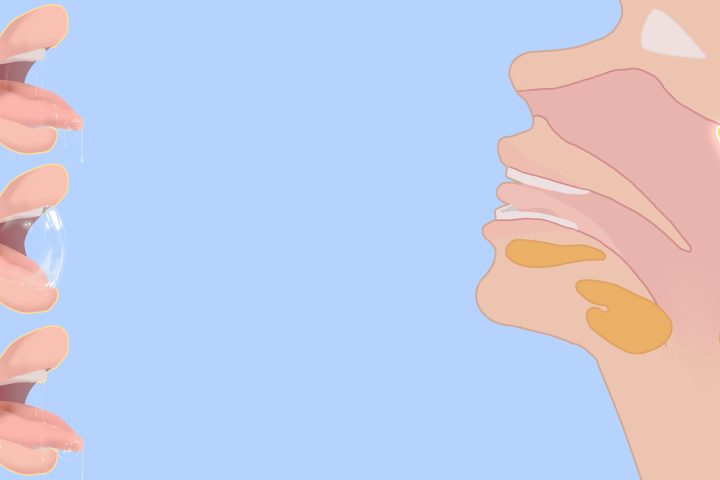
By Kit Kan 簡迎曦
Anatomy is one of the oldest fields in biology. Ever since ancient Egypt, people have been dissecting the human body to understand how it works. Along the millennia, the understanding of our own bodies has gone from the primitive sketches by ancient Egyptians and Greeks, to the detailed drawings by Leonardo da Vinci, and to the famous reference book Gray’s Anatomy. However, in the past two centuries, nothing much has changed in the field of anatomy. Just when everyone, including medical professionals, is convinced that we have fully mapped out all the body structures, a team of Dutch scientists discovered a new pair of salivary glands.
Salivary glands, as the name implies, secrete saliva, which contains enzymes to break down starch and acts as a lubricant to help us swallow food. Before this groundbreaking discovery, it was known that humans have three pairs of major salivary glands, one in front of the ears (parotid glands), one under the jaw (submandibular glands), and one under the tongue (sublingual glands); and around 1000 minor glands in the head and neck region. This new pair of salivary glands are located right in the middle of the head, near the nose [1, 2].
As unlikely as it sounds, the discovery of these new structures in the head began with some prostate cancer scans. To screen for metastasis in prostate cancer patients, the Dutch doctors performed a PSMA PET/CT scan from the upper leg to the skull [2]. PSMA stands for prostate-specific membrane antigen, a protein presents on the surface of almost all prostate cancer cells [3]. A radioactive dye was used to label PSMA during the scan to detect cancer cells, but the dye also unexpectedly lit up a structure in the middle of the head, an observation that perplexed the doctors [1].
Although they were initially convinced that it was just an aberration, they decided to look into it. Reading through some more detailed anatomy textbooks, they saw that the region that showed abnormal signals is made up of salivary gland tissues but was never labeled as such [2]. They also looked at scans from other prostate cancer patients. To their surprise, all the other 100 scans they examined displayed an area that lit up near the nose, with an average length of 4 cm [1].
More interestingly, the scientists confirmed that the same structure can also be observed in females, from the scan of a female patient [2]. While females do not have a prostate, there is a small tissue near the urethra, named the Skene’s gland, which is the female version of the prostate and can also develop cancer. Therefore, the scientists could obtain such a scan for their investigation.
By now, you are probably wondering why people could miss a 4-cm tissue right in the middle of the head despite millennia of dissection. While the gland is impossible to miss if exposed, it is not very accessible. Endoscopy is needed to reach that deep into the head. Also, the gland does not show up in MRI or CT scan, but only PET scan [2].
The discovery of the new pair of salivary glands does not just change the textbook description of the glands, but may also change the way doctors treat head and neck cancer. The salivary glands are important for swallowing and speaking, so doctors always try to avoid damaging them in radiotherapy. However, many head and neck cancer patients still experience mouth dryness after the treatment. The new pair of salivary glands that used to be unnoticed and possibly damaged in radiotherapy might explain the phenomenon. In a cohort of over 700 patients, the doctors discovered a correlation between the dose applied to the newly discovered glands and the complaint of dry feeling in the mouth, suggesting the new pair of salivary glands are still functional [1]. From now on, doctors may try to avoid those salivary glands in radiotherapy.
While the discovery may not change the way most people live, there is a takeaway message for everyone – keep an open mind when you encounter something unexpected. It might turn out to be a groundbreaking discovery.
References:
[1] Valstar MH, de Bakker BS, Steenbakkers RJHM, et al. The tubarial salivary glands: A potential new organ at risk for radiotherapy. Radiother Oncol. In press. doi:10.1016/j.radonc.2020.09.034
[2] Chesterton M. A new saliva gland, Bill Bryson on the Human Body, and the return of the Dust Bowl. BBC Inside Science. Updated October 29, 2020.
[3] Bouchelouche K, Choyke PL, Capala J. Prostate Specific Membrane Antigen—A Target for Imaging and Therapy with Radionuclides. Discov Med. 2010;9(44):55-61.